The following is a link to a simple, short online survey.
The following is a link to a simple, short online survey.
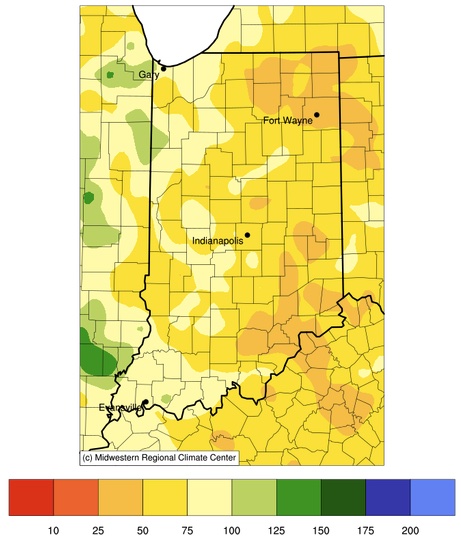
To say the last few months have been dry is a bit of an understatement. Since August 1st, only a sliver of Newton and Benton counties (northwest Indiana) and the tiniest speck of Warrick County (southwest Indiana) have had above-normal precipitation.
The cost of seed corn represents 17% of farmers’ variable cost of production, second only to the cost of nitrogen (N) fertilizer.
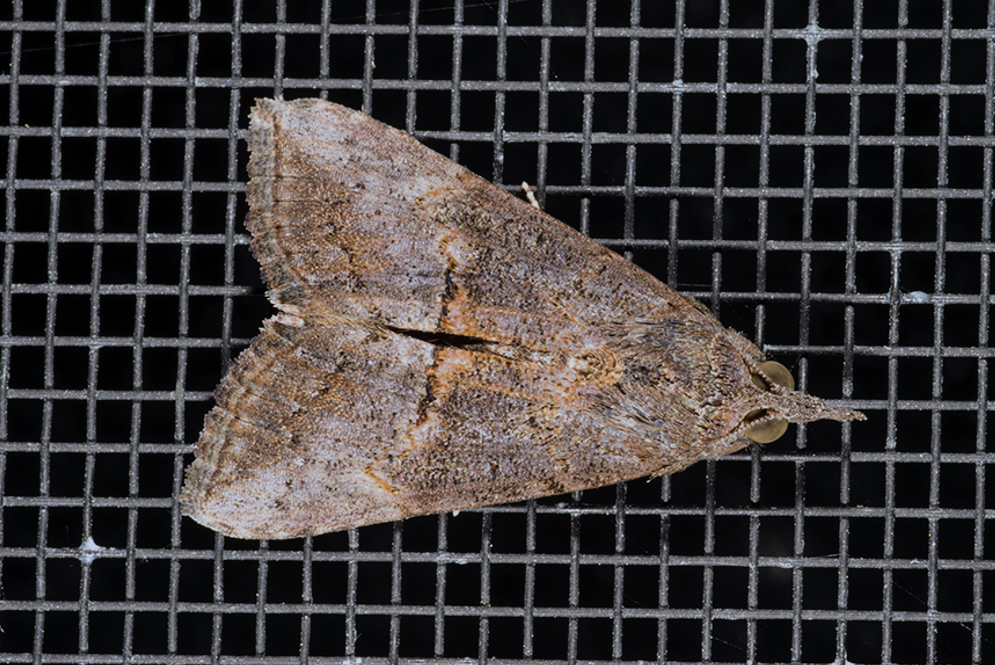
We’ve received questions about black, triangular moths flying around farms, homes, and yards, and especially to lights at night.

It is now time to evaluate fields for any stalk or ear rot symptoms. This will aid in making assessments about field harvest order and if there is a risk of mycotoxin contamination.
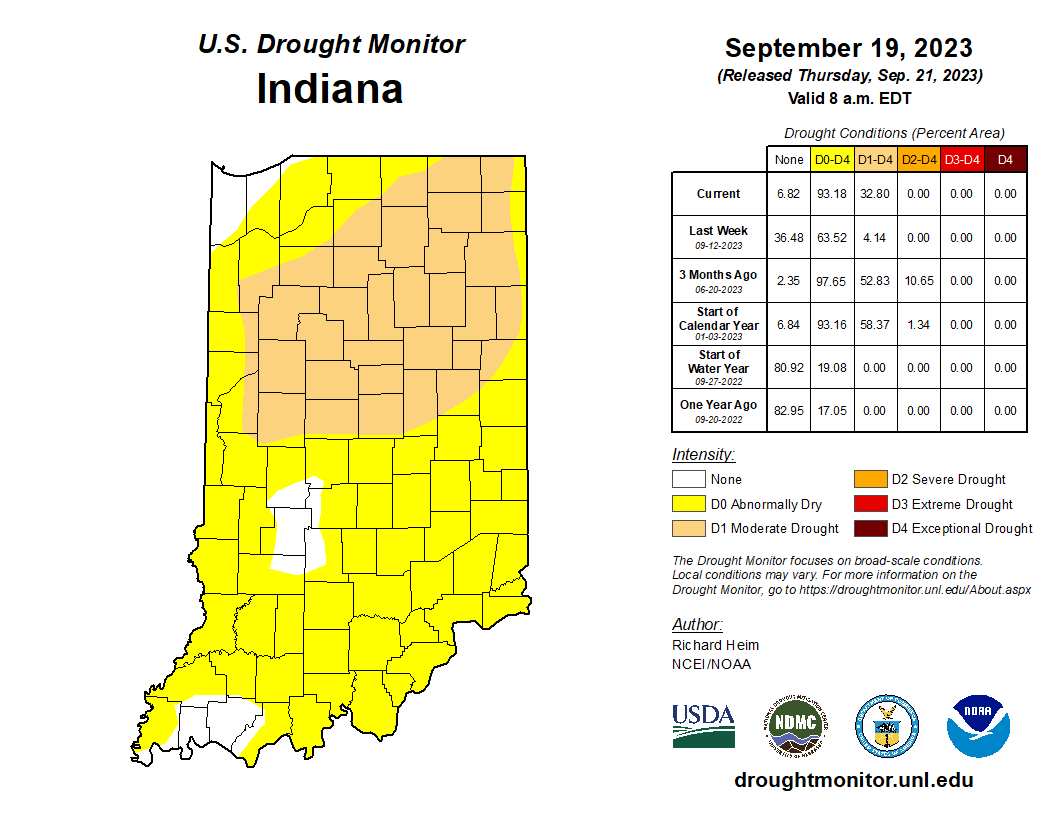
Our dry spell continues. Sure, there’s been a few passing showers, but Indiana is quickly seeing impacts magnify from the lack of rain.
The following is a link to a simple, short online survey.
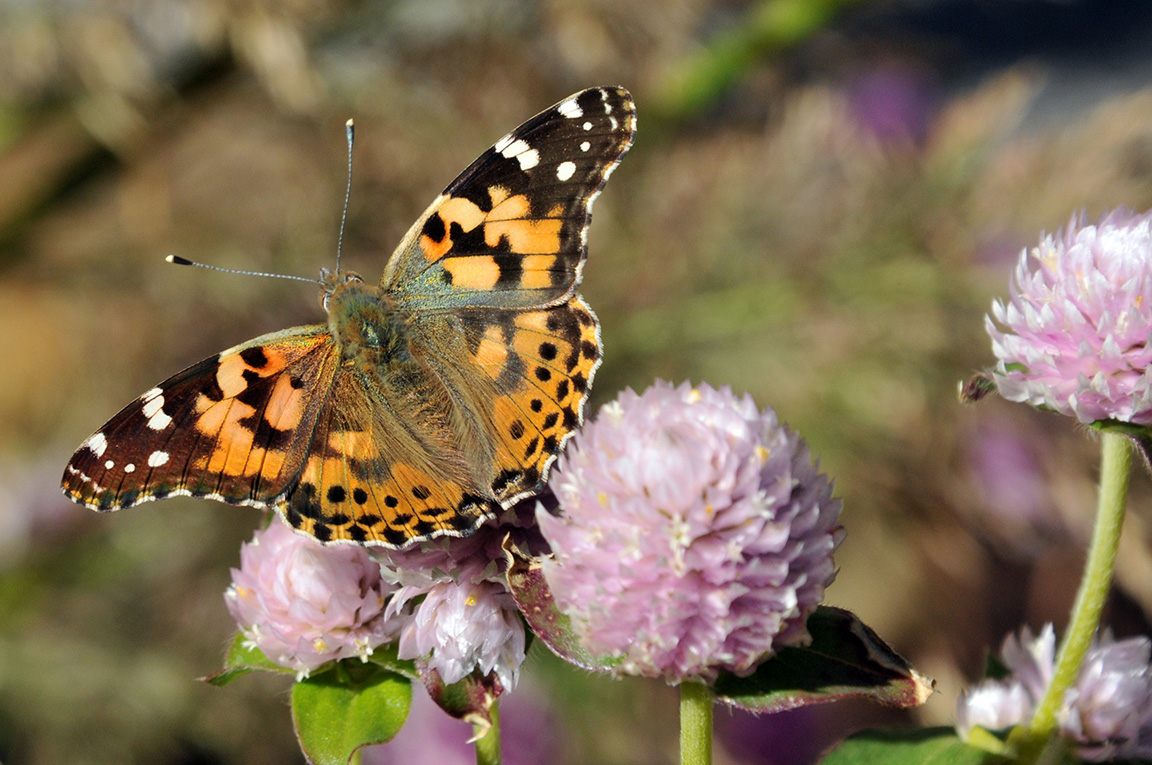
This is a wonderful time of the year in the Hoosier state, as we drive through the countryside, we are greeted with the pleasing sight of several colorful butterfly species gliding across and roads, near puddles of water, or on fall flowering plants.
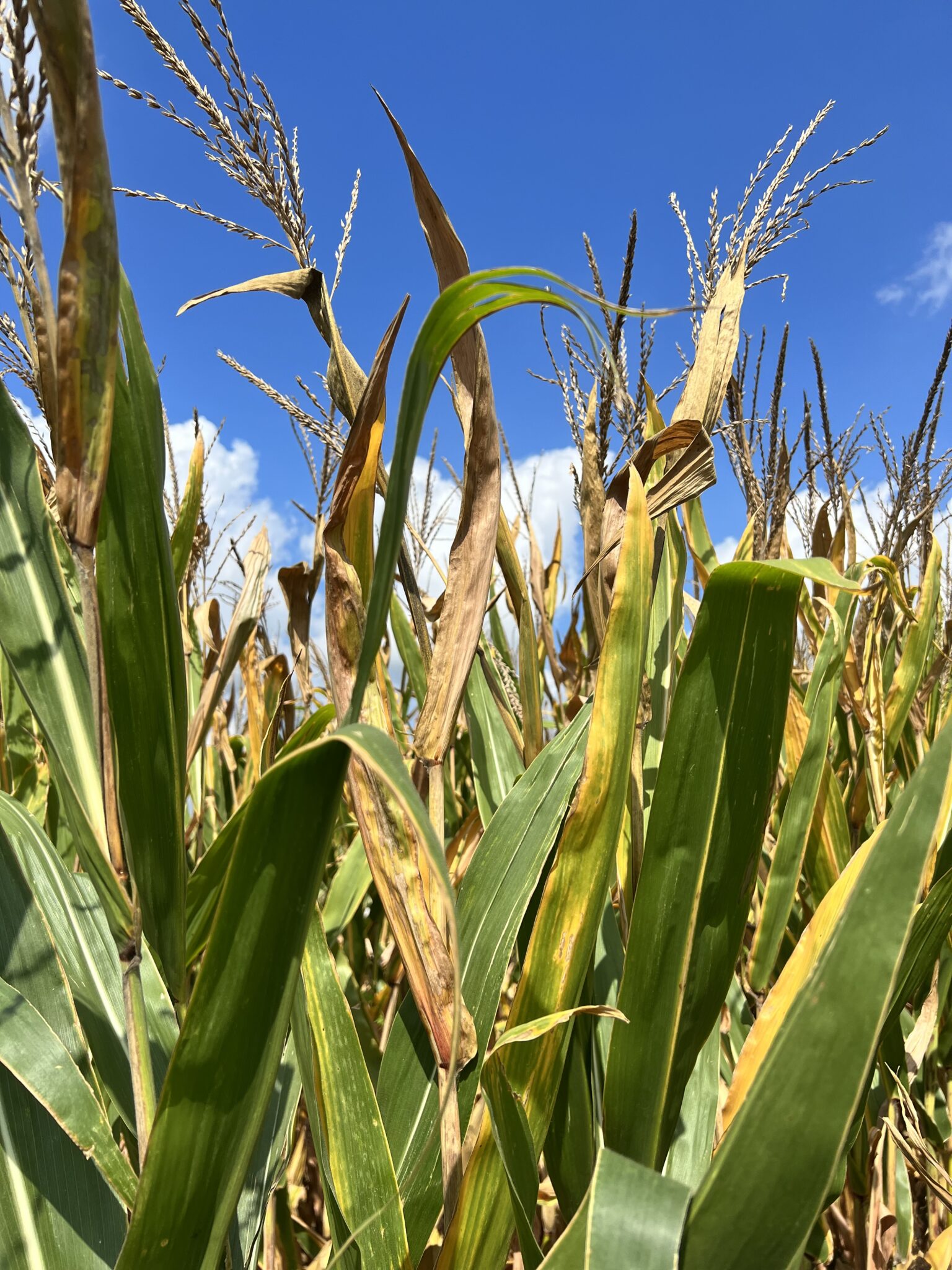
As corn plants progress through grain fill and approach maturity, plant leaves naturally begin to senesce or die.

The fall crisp was in the air this morning (9/13), so cool that I had to grab that sweatshirt I bought in mid-August while getting my kiddo on the bus.
© 2025 Purdue University | An equal access/equal opportunity university | Copyright Complaints | Maintained by Pest&Crop newsletter
If you have trouble accessing this page because of a disability, please contact Pest&Crop newsletter at luck@purdue.edu.